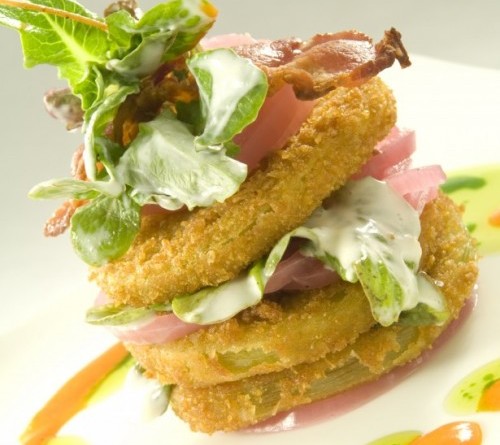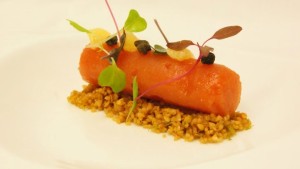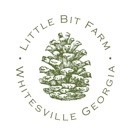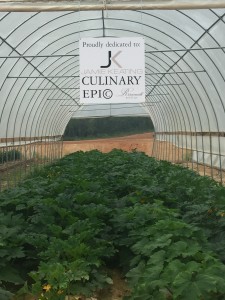Home-Grown Fare
Spring is the season for lighter fare and treats from the garden. It’s time to snack on foods straight from the earth such as radishes and raw peas – where the source of the most nutritional value of an ingredient comes from, prior to storing, washing, etc. Due to price and fresh produce, it’s the best time to shop at local food stands or farmers markets. You may want to stock up on those ingredients that preserve well. Drying spring herbs and freezing seasonal berries for later use will come in handy.
I’ve never been a fan of the term “farm to table.” But I do believe in resourcing locally harvested ingredients and seeking out the best and most reliable sources. I “source” as local as possible, and we are very fortunate to have two wonderful farms that operate with the same commitment to personal attention, quality, consistency and flavor as we do at Epic Restaurant.
Pope Farms specializes in the art of tomato production. Beginning this spring, they will expand their offerings to include a variety of onions, herbs, melons, heirloom tomatoes and more. Mr. Neal Pope has implemented the technology and resources for producing the same quality of produce that you would find 500 miles south of Columbus. The benefit of being able to create this off-peak environment all year long supplies us with locally grown tomatoes even into the month of December.
Our Pope Farms Tomato Sorbet with Little Bit Farms Micro Greens over Hazelnut Croquant and Meyer Lemon.
Lisa Armstrong from Little Bit Farm in Whitesville, Georgia, and I have worked together to devise a master plan over the next three seasons. Little Bit Farm supplies year-round produce to many local restaurants as well as to the public during Market Days in Uptown Columbus. We recently asked both farms to review our past purchases from both of my locations in hopes that they will be able to expand and assist us with providing the most nutritional, savory and freshest produce in the area.
Our hot house at Pope Farms.
Here’s what we expect to see from the spring harvest of 2016:
- Herbs: chives, dill, mint, parsley and cilantro
- Salad greens: baby lettuces, spinach, pea tendrils, micro greens and arugula
- Cooking greens: collards, kale and beets
- Fruits: peaches, blueberries, raspberries, blackberries, rhubarb, tomatoes, strawberries and melons
- Garden vegetables: peas, asparagus, sugar snap peas, potatoes, radishes, fennel and kohlrabi
Arugula is one of my favorite salad greens. I love its fresh, almost peppery flavor in everything from lunch salads to pasta dishes. Rhubarb, a favorite of my wife’s, isn’t technically a fruit, but is the first dessert-worthy ingredient to appear in the spring. It can be prepared so many ways: roasted, stewed, baked, etc.
And let’s not forget that a lot of these items can be used in spring cocktails like mojitos and in shrubs (tart, fruit syrups). One of our Epic cocktails, “A Wrinkle in Time,” is a wonderful example of how we utilize fresh herbs (thyme for time). The concoction of gin, elderflower and grapefruit is quite refreshing and a delicious afternoon cocktail that pairs well with most foods.





